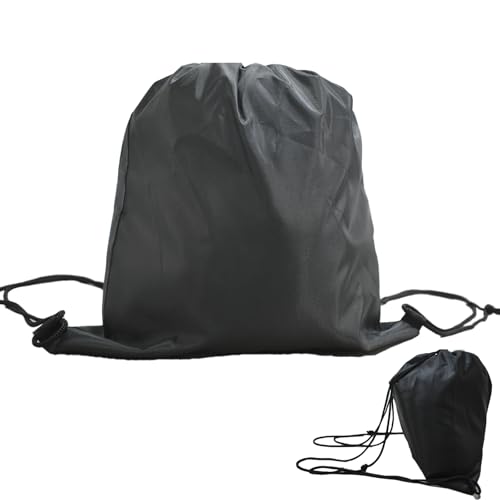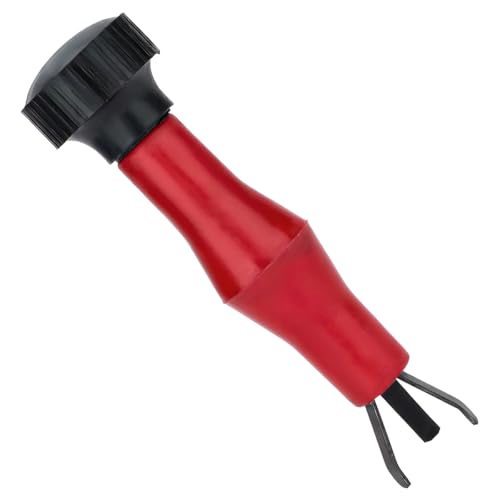CA G-Man
Well-known member
Some of you might have seen this before but I haven't seen it referenced so I thought I'd post it up:
**EDIT: Sorry guys, looks like I botched the link. l let's try this - just Google "Evaluation of motorcycle antilock braking systems" and click on the first thing that comes up. **
There's a lot of technical stuff there but in short, the study looked at actual crash data (as reported in insurance claims) to assess whether integrated braking systems (referred to in the study as "combined control brake system") (what Yamaha calls a "Unified Braking System") are actually better than just regular ABS systems. Interestingly, the 2013 FJR1300A is specifically mentioned in the paper as an example of the CCBS.
The conclusion:
"The combined control brake system (CCBS) along with ABS showed larger reductions in collision claim frequency,
severity, and overall losses than ABS by itself."
In other words, the unified braking system works!
**EDIT: Sorry guys, looks like I botched the link. l let's try this - just Google "Evaluation of motorcycle antilock braking systems" and click on the first thing that comes up. **
There's a lot of technical stuff there but in short, the study looked at actual crash data (as reported in insurance claims) to assess whether integrated braking systems (referred to in the study as "combined control brake system") (what Yamaha calls a "Unified Braking System") are actually better than just regular ABS systems. Interestingly, the 2013 FJR1300A is specifically mentioned in the paper as an example of the CCBS.
The conclusion:
"The combined control brake system (CCBS) along with ABS showed larger reductions in collision claim frequency,
severity, and overall losses than ABS by itself."
In other words, the unified braking system works!
Last edited by a moderator:































































